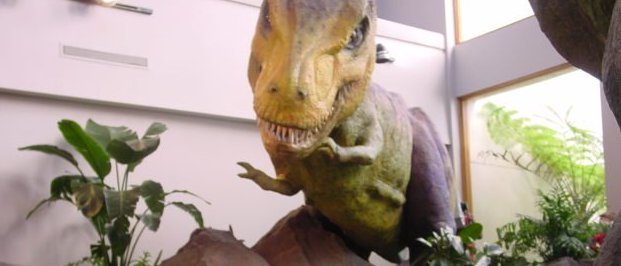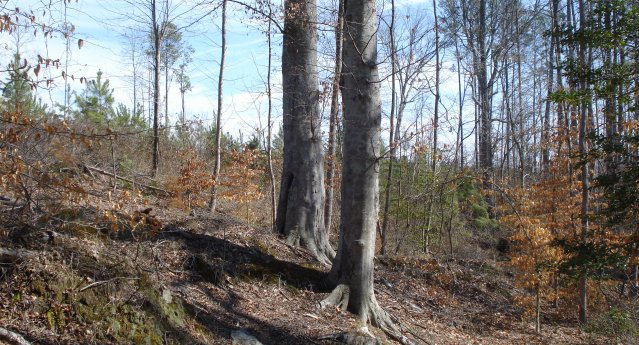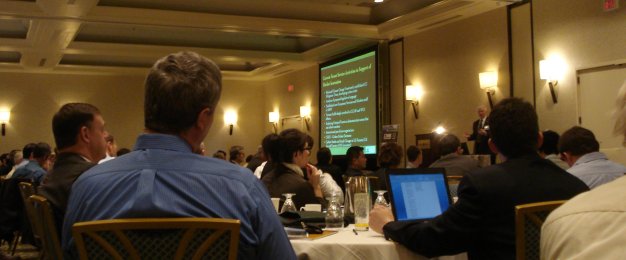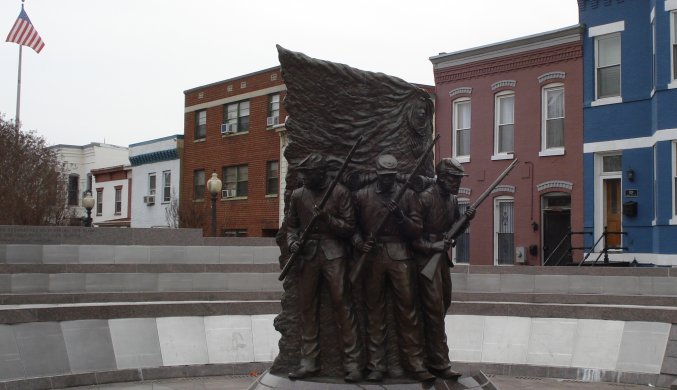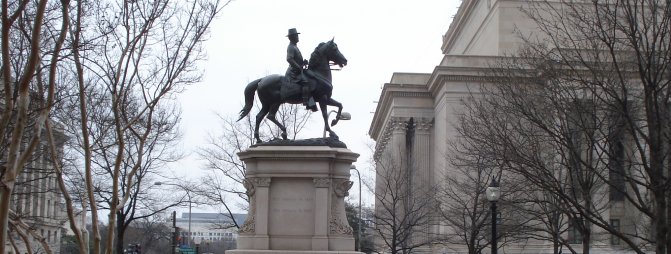The U.S. Marines are a learning organization. During the year I was lucky enough to serve with them in Iraq, I was continually amazed at how fast information spread among them. Then it would mutate, improve and become better adapted to the situation at hand. The USMC skill and alacrity as a learning organizing was a necessary and key component of our success in Anbar province in 2006-8. They adapted to changing circumstances and overcame obstacles.

Like all greatness, the USMC success is based on apparent contradiction. The Marines manage simultaneously to be hierarchical and egalitarian. The also have very strict rules and at the same time very flexible execution. The commander’s intent is very important even if it turns out that the specific instructions did not survive first contact. Finally, virtually all Marines are intensely interested in helping other Marines, although this is sometimes masked by their tough exteriors. Officers take responsibility and interest in their men. They spend a lot of time mixing and talking with them. This is one of the things that make them a learning organization. A lot of information passes informally. The leader, in one sense, provided the organizational connective tissue. Anyway, scholars have studied Marine leadership for literally centuries and I know there is a lot more, but those are the lessons I took and the ones I think apply generally.
The Marine organization I saw in action in Iraq contradicts many of the stereotypes we hear about them. I realize, however, that if I say that I want my organization to be more like the Marines, most people will conjure up an image far different from the one I envision. So let me fall back on some other ideas that have stood the test of time and are similar but civilian.
I read In Search of Excellence when I started my MBA in Minneapolis in 1983. It is hard to recall now what a ray of hope that book was for me and my classmates. We were coming off the terrible end of the 1970s and had recently suffered double digit unemployment, double digit inflation and mortgage interest rates that reached 20%. Pundits told us that America could not longer compete in the world. We were doomed to become the hinterland for the Japanese juggernaut. Our business models were defunct, they told us, and we better get used to being second rate, or at best a clumsy dysfunctional giant. This wasn’t how it turned out, but the future didn’t seem very promising when the book came out in 1982.
In Search of Excellence came along and told us about American companies doing excellent things and succeeding and it told us how. In some ways the ideas were revolutionary, but in most ways they represented the traditional American adaptively. It was our American wisdom encapsulated. This is one reason In Search of Excellence became one of the best selling business books of all time and why it remains in the core of classics on management and organization.
The book identifies eight characteristics of excellent organizations.
- A bias for action, active decision making – ‘getting on with it’.
- Close to the customer – learning from the people served by the business.
- Autonomy and entrepreneurship – fostering innovation and nurturing ‘champions’.
- Productivity through people- treating rank and file employees as a source of quality.
- Hands-on, value-driven – management philosophy that guides everyday practice – management showing its commitment.
- Stick to the knitting – stay with the business that you know.
- Simple form, lean staff – some of the best companies have minimal HQ staff.
- Simultaneous loose-tight properties – autonomy in shop-floor activities plus centralized values.

We can dress them up in terms more appropriate to 2009, but I think, precisely because they were distillations of successful practices, they still form the core of what a good organization should be like. The only one I would explain is # 6. It sounds less adaptive than it is. The authors did not mean and I don’t think we want to stay with what you are doing now. They were simply admonishing leaders not to just jump into the latest fads or spread themselves too thin with disjointed priorities. They wrote the book at the tail end of the great merger mania, when giant conglomerates were making it difficult to identify core values or core competencies.
I think the longer and updated version would be to branch out from core competencies rather than being distracted by every new thing that comes along. I also think this should be modified with a little more systems thinking, but overall it stands.




